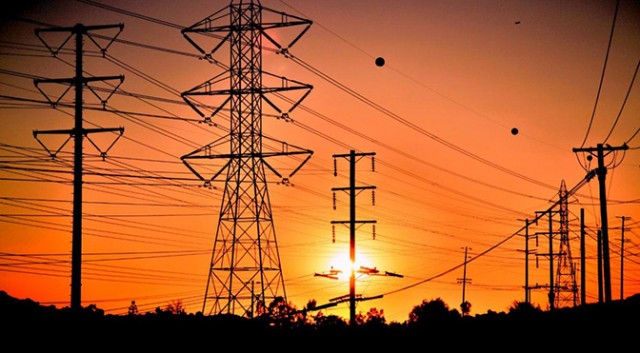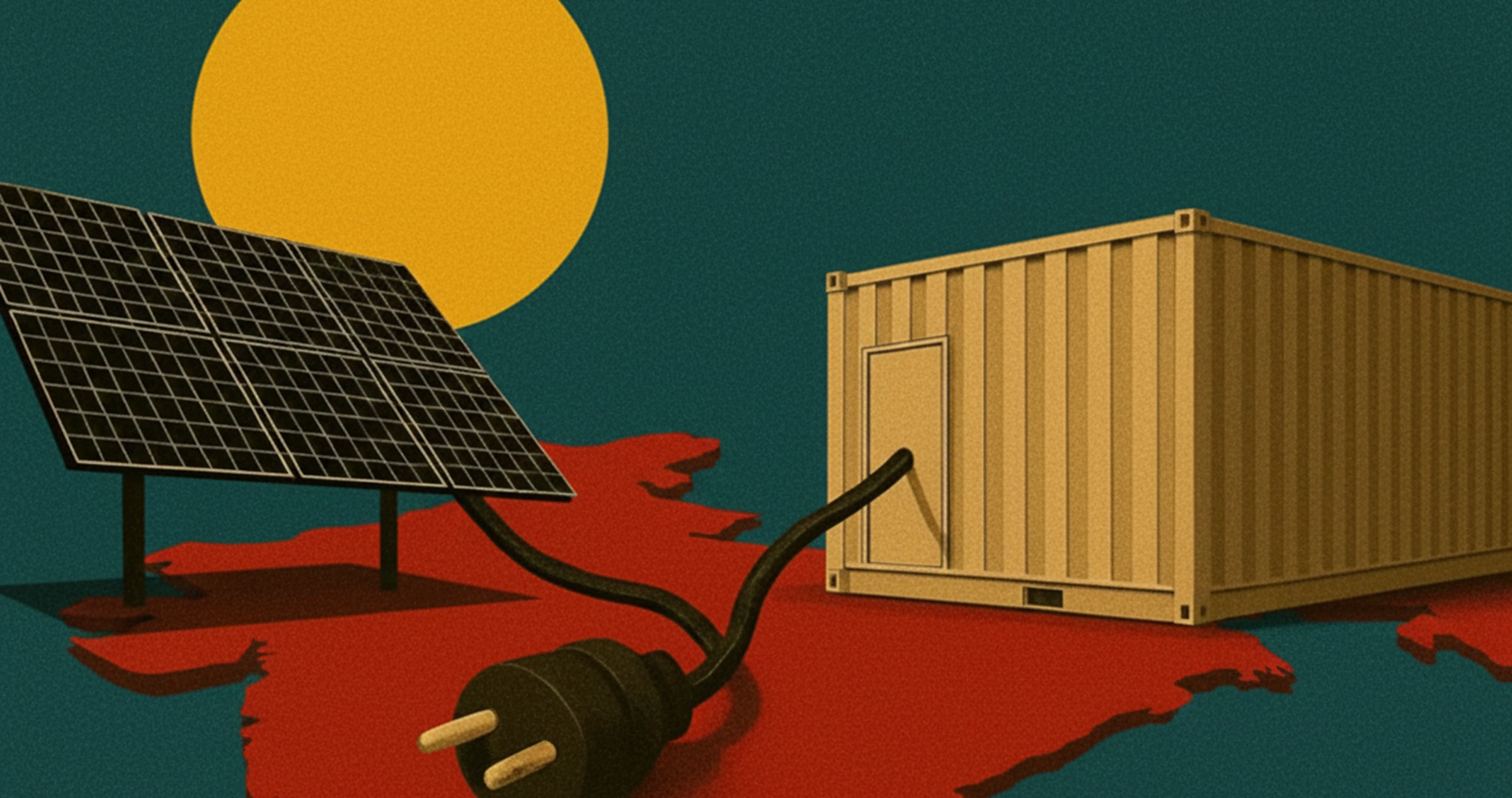The Telangana Electricity Regulatory Commission (TSERC) has received proposals from the Telangana distribution companies (TGDISCOMS), namely the Southern Power Distribution Company of Telangana Limited (TGSPDCL) and the Northern Power Distribution Company of Telangana Limited (TGNPDCL). These proposals seek amendments to the model solar Power Purchase Agreement (PPA) concerning the billing of imported energy from the grid by solar power developers.
Eninrac has conducted a comprehensive analysis of the proposed amendments to the model PPA and offers the following professional recommendations for each stakeholder, along with suggested course corrections to address potential challenges effectively.
Comments & Impacts on Model Solar PPA Draft for Telangana State:
|
Stakeholder
|
Impact
|
Course
Correction Needed
|
|
Discoms (TGDISCOMS)
(Contd.)
|
-
Administrative Complexity: Implementing billing adjustments could add administrative overheads and require enhanced IT systems for accurate tracking and invoicing.
- Potential Backlash: Developers and consumers might resist the amendments, leading to prolonged negotiations or disputes.
|
- Transparency: Share detailed methodologies with stakeholders to build trust and pre-empt resistance.
- Regular Engagement: Conduct stakeholder consultations to address concerns and clarify benefits to the ecosystem, ensuring smooth implementation.
|
|
C&I Consumers
|
- Higher Energy Costs: Changes to grid import charges could raise electricity bills, impacting the financial rationale for investing in solar energy.
- Reduced Incentives: The amendment could dampen the attractiveness of solar investments, especially for businesses seeking to offset energy costs.
- Operational Challenges: Large-scale C&I consumers may need to rework energy management strategies to optimize costs.
|
- Cost Mitigation Mechanisms: Suggest policy revisions or subsidies to offset increased costs for C&I consumers.
- Promote Self-Consumption: Encourage and incentivize solutions like energy storage and demand-side management to reduce grid dependency.
- Advocacy for Flexibility: Advocate for a phased implementation of the amendments to allow businesses time to adapt.
|
|
Overall Market
|
- Slower Solar Adoption: If costs rise significantly, the momentum for renewable energy adoption may slow down, affecting national renewable energy targets.
- Increased Regulatory Oversight: The market might see heightened scrutiny and delays as stakeholders adjust to the new norms.
- Investor Sentiment: Changes in the PPA could create uncertainty for investors, impacting the flow of capital into the sector.
|
- Policy Alignment: Ensure that the amendments are aligned with broader national renewable energy goals to sustain market growth.
- Clear Communication: Provide timely clarifications and justifications for the amendments to maintain investor confidence.
- Proactive Issue Resolution: Create a grievance redressal mechanism for developers and consumers to address disputes arising from the new billing framework.
|




